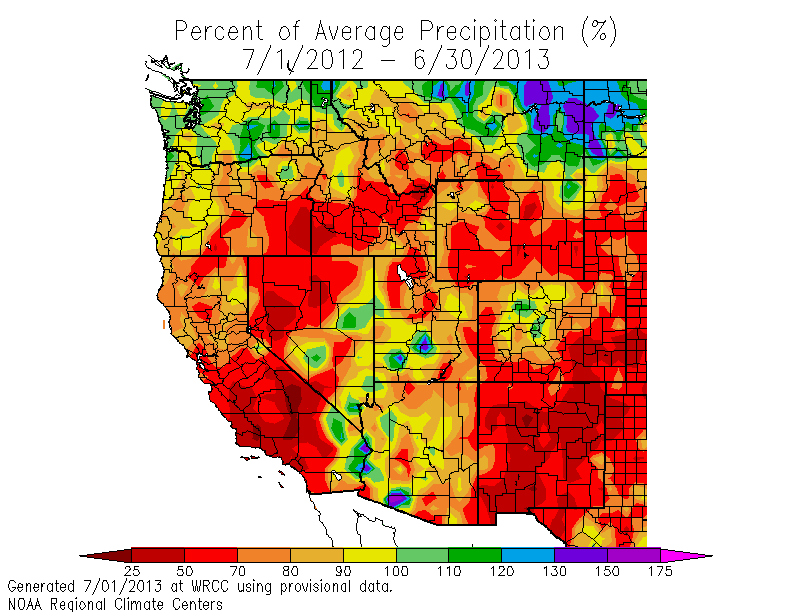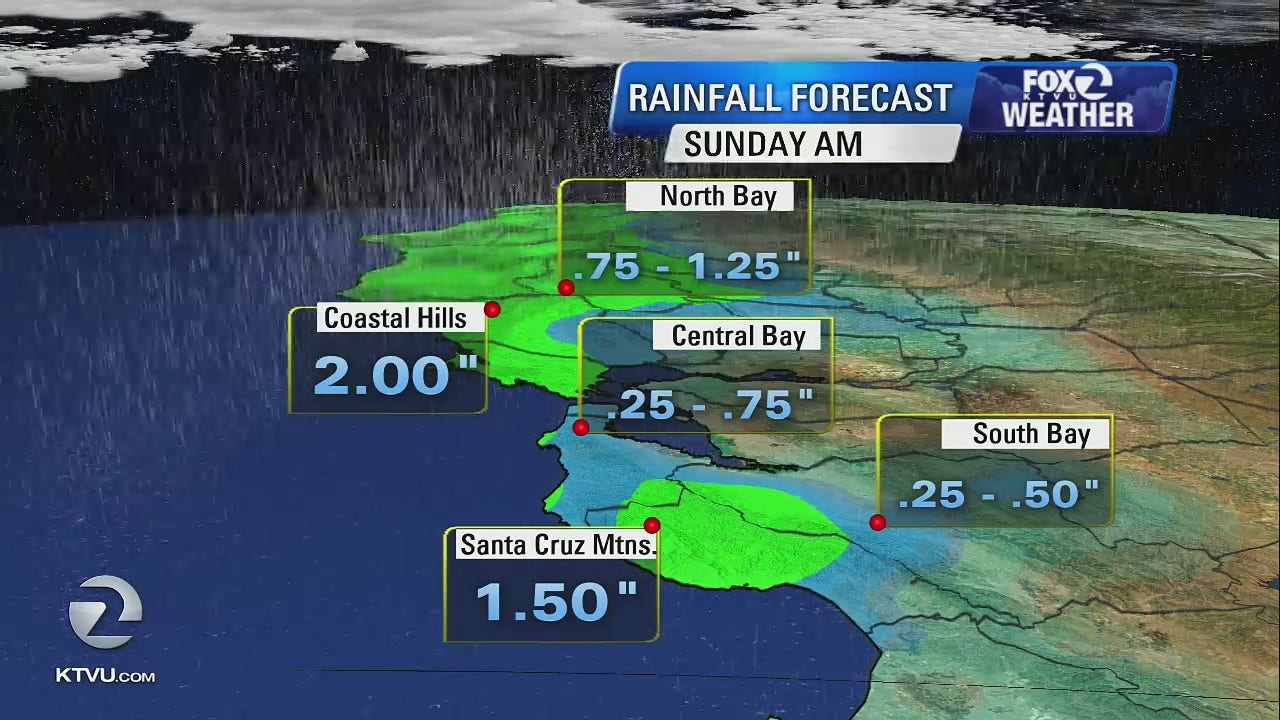
Historically, there have been winters with high precipitation totals that did not cause problems, but soils are saturated and many of the big reservoirs are starting to fill up, he said. “We have been mostly fortunate with these big rain events, the atmospheric rivers, where the impact has been relatively localized,” he said. The storms have caused burn scars to belch mud and rocks that have blocked streets and highways, but so far have not led to a repeat of the kind of disastrous and deadly debris flows that smashed the community of Montecito last winter.Įven with the high precipitation totals California has avoided major problems because the storms have been spaced far enough apart and have not been overly intense, said Alex Tardy, a warning coordination meteorologist with the National Weather Service in San Diego. Swaths of bright green have even sprouted amid vast areas burned black by wildfires. The result has been an explosion of verdant grasses across the state, including the Los Angeles region where the Mediterranean climate usually expresses itself in shades of khaki and tan. 1 start of the “water year.” That’s over 5 inches (12.7 centimeters) more than normal. Rainfall totals this winter have been impressive.ĭowntown Los Angeles, for example, has received nearly 13 inches (33 centimeters) of rain since the Oct. Eleven feet (3.3 meters) of snow fell on its 11,053-foot (3,369-meter) summit over four days, bringing the season total to more than 32 feet (9.7 meters), the resort said.


Just before last weekend’s latest round of stormy weather, the California Department of Water Resources conducted its second Sierra snowpack survey of the season and found it was 100 percent of normal, an important reading because it holds about a third of the state’s water supply.Įven more snow has fallen since, including staggering amounts at locations such as Mammoth Mountain. Slightly more than 75 percent was in moderate, extreme or exceptional drought and the remainder was in the abnormally dry classification. 1, less than 8 percent of the state had no level of dryness or drought. Slightly more than half the state is considered abnormally dry and just 10.5 percent is either in moderate or extreme drought. More than 34 percent of the state now has no abnormal dryness or any of the four levels of drought, which are described as moderate, severe, extreme and exceptional. The monitor said several reservoirs are still at their lowest levels in at least a year, and in one case, as long as three years.Ī relatively small area of moderate to severe drought persists along the California-Oregon border. Heavy rain has also ended most of the moderate drought that stretched from the Central Coast to the southern tier of the state, leaving a lesser condition designated as abnormally dry, according to the monitor.Ĭalifornia’s southwestern corner, including all of San Diego County and portions of surrounding counties, remain in moderate drought even though it has received more than the usual amount of rain to date.


 0 kommentar(er)
0 kommentar(er)
